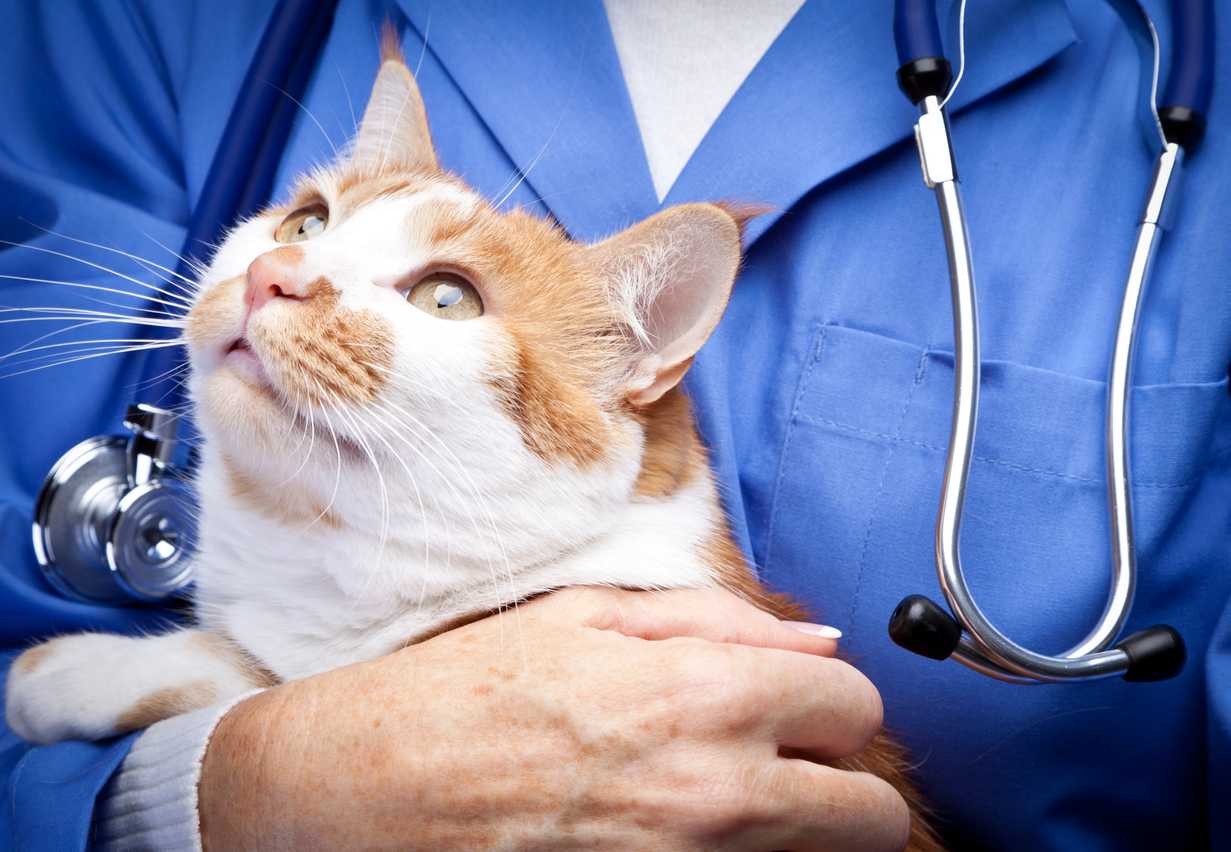
Better Understanding of Most Common Heart Disease in Cats May Help Humans Too
February 27, 2023
Researchers at the University of Guelph’s Ontario Veterinary College (OVC) are studying a common heart ailment in cats with the hope that this research could also help improve human health.

Dr. Sonja Fonfara, a clinical cardiologist in OVC’s Health Sciences Centre, studies cardiac remodeling: changes that occur in the heart with age or heart disease and can impact the organ’s function.
Her work focuses on hypertrophic cardiomyopathy (HCM) in cats, the most common heart disease in cats and also common in humans. 15 per cent of cats are affected by the disease. In humans, 1 in 500 people develop it. Similarities with HCM in cats and humans suggest cats are a good model to learn more about the human disease.
HCM is a condition that causes the walls of the heart to thicken, making it more difficult for the heart to fill with blood and pump it through the body. HCM can lead to heart failure, causing difficulties breathing; abnormal heart rhythm, and even sudden death. Clot formation may also occur, leading to sudden lameness if the clot dislodges from the heart and travels to the leg. However, to this point, there has been little research carried out about what changes in the hearts of these cats.
Fonfara aims to characterize the factors involved in heart changes occurring with the disease, as well as the potential influences of sex and age on this process.
Ultimately, Fonfara and her research team hope this work will lead to a better understanding of HCM and lead to improved diagnostics, treatments and management of the condition.
HCM can be difficult to diagnose. Furthermore, structural and functional changes in the heart as a cat ages can look similar to changes caused by the disease. At present, there are no medications to prevent the disease or slow its progression and treatment mainly focuses on easing symptoms.
Fonfara believes with a better understanding of which genes, molecules and pathways are involved in HCM’s development and progression, “we might be able to identify diagnostic markers and effective treatment options and could better manage and treat this disease in cats.”
While her work focuses on cats with cardiac disease, her findings might also help improve human health.
“The heart of humans and cats is structurally the same,” says Fonfara.” The observed similarities between cat and human HCM suggests that the progression of the disease and factors involved are comparable. As well, cats can develop similar comorbidities to humans, such as diabetes and hypertension.”
Fonfara, who was recognized with a University of Guelph Research Excellence Award in 2022, and her team are studying the disease at the clinical, molecular and cellular level.
They are studying ultrasound investigations of cats over 10 years of age looking for thickening of the heart walls and changes in heart function. “Thicker heart walls can be seen in some older cats; but accelerated thickening suggests something more could be at play,” explains Fonfara.

They are also examining blood samples and heart muscle looking for specific markers that could be involved in the disease processes and are released into the blood when the heart is damaged or stressed.
An important aspect of their work revolves around gene activation in the heart and microRNAs, which Fonfara describes as little modulators of gene expression.
MicroRNAs influence gene activation and can be released into the blood. MicroRNAs are involved in gene regulation everywhere in the body and can activate or silence a gene either as physiological adaptation - for example in someone who does sports and develops more muscle – or with disease.
The image shows a 'volcano plot' – a visualization of genes that are activated (red color) or minimized (blue color) in hearts of cats with HCM compared to healthy hearts. Each dot represents a gene. The larger number of red dots indicates more genes are activated than minimized in hearts from HCM cats compared to hearts from healthy cats.
By sequencing mRNAs or messenger RNAs, which are indicators for gene activation, and microRNAs, Fonfara and her team are able to examine tissue-specific patterns to try to determine which genes and microRNA have been activated or inhibited in the heart and might be involved in the disease process.
“Interestingly, for some markers we found differences in the heart of male and female cats, even in neutered cats,” says Fonfara. “This is well known in humans and we are wondering if there might be something in male hearts which predisposes them to the disease and that female hearts may be more protected, or perhaps, disease progression is different between the two.”
With a detective’s eye for detail, the research team aims to bring everything together, connecting what they find at a cellular level to what they see in cats they see in the clinic.
Ideally, Fonfara would like to improve the limited knowledge about the heart changes that occur with the disease and with it identify markers in the blood that help to diagnose the disease and identify how far it has progressed or whether a cat is at risk of developing the disease. Furthermore, she aims to use this information to identify treatment options, which are currently very limited. “That’s the long game." Also part of that long-term plan is the hope that what they learn from our feline companions will translate to help humans too.
The research team has a survey open for owners of cats with heart disease exploring how the diagnosis of HCM in a cat impacts their owner. This survey is open to individuals who are 18 years of age or older and currently caring for a cat with HCM.
This research is funded in part by the Natural Sciences and Engineering Research Council of Canada (NSERC) and OVC Pet Trust.
.png)